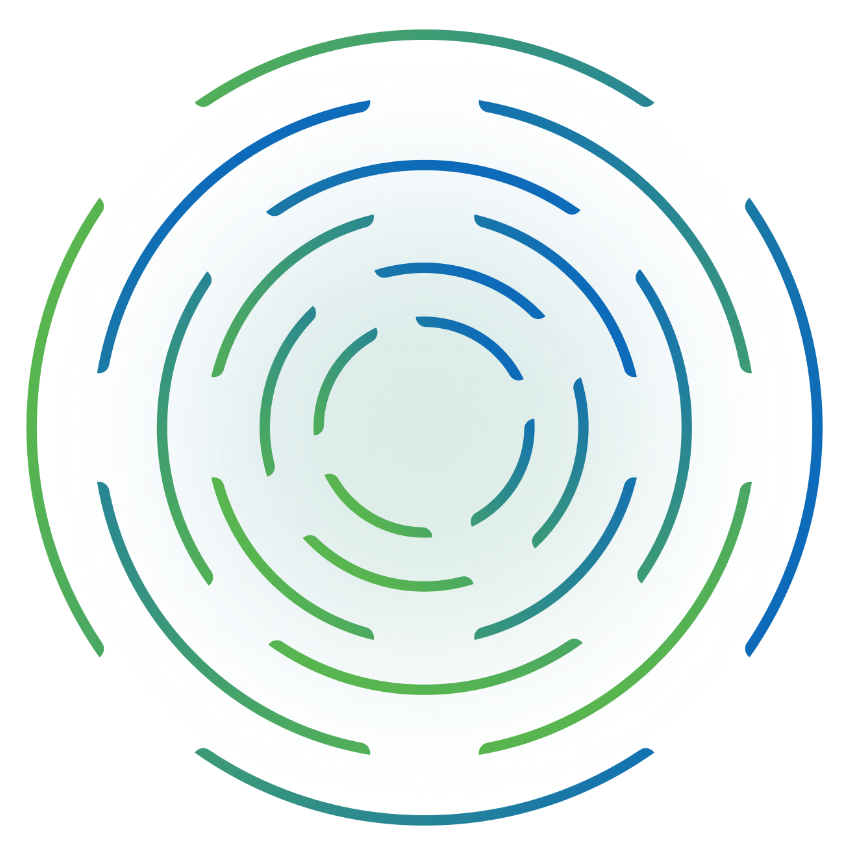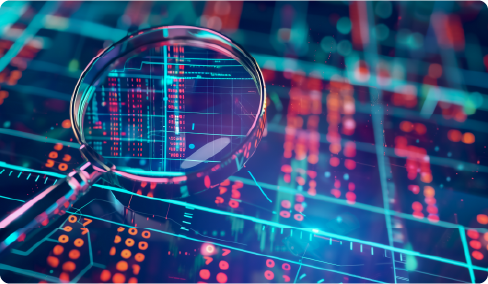Superior infrastructure monitoring tools are essential for delivering exceptional customer experiences. End-users expect their interactions and transactions with your organization to be seamless, fast, and error-free. Infrastructure monitoring helps meet these expectations by enabling your IT teams to resolve issues quickly and maintain system health. However, as your hybrid IT environment becomes more complex and visibility grows more limited, infrastructure monitoring poses huge challenges for IT teams.
The ScienceLogic AI Platform provides infrastructure monitoring tools that tame the complexity of modern hybrid environments. Offering a single platform with a unified experience, ScienceLogic provides ITOps with visibility and information across all domains to enable holistic end-to-end infrastructure monitoring.
The challenges of infrastructure monitoring
Today’s hybrid IT environments are a mix of highly interconnected technologies that span servers, routers, storage arrays, and software-defined technologies running in public and private clouds as well as on-premises data centers. Infrastructure monitoring tools help IT teams to manage these complex environments by diagnosing problems in performance, utilization, capacity, and bandwidth, and alerting teams to potential downtime, resource saturation, and negative business impact.
However, the complexity of modern IT environments creates two unique challenges for IT teams.
- Lack of unified tools. The best way to ensure IT issues are resolved and quickly is to monitor and troubleshoot the underlying infrastructure within a service context. There are plenty of infrastructure monitoring tools that can observe any one element of the infrastructure stack. However, using multiple solutions leads to visibility gaps and makes it hard for teams to gain a holistic view of the health of IT systems.
- Lack of visibility across hybrid infrastructure. Most legacy infrastructure monitoring tools do not support cloud environments. As a result, IT teams tend to buy more tools to manage their clouds. Yet, too often, these solutions don’t work well together, creating siloed data and gaps in service visibility. The added cost and inefficiency of managing an unwieldy, inconsistent set of tools can mitigate the cost savings that organizations hope to achieve by migrating to the cloud.
The answer to this problem is to choose a single infrastructure monitoring tool with a unified experience that supports cross-functional investigation and end-to-end monitoring. That’s exactly what IT teams get with ScienceLogic.
Holistic infrastructure monitoring tools from ScienceLogic
SL1, part of the ScienceLogic AI Platform is a monitoring solution that sees everything across cloud and distributed architectures, contextualizing data through relationship mapping and acting on insights through integration and automation. As a single platform for monitoring hybrid IT, SL1 eliminates the cost and complexity of using multiple point tools.
With hybrid cloud monitoring tools, ITOps teams can:
- See all data in one place: With SL1, teams can discover all infrastructure across physical, virtual, and cloud environments. SL1 helps teams collect and store a variety of data in a clean and normalized data lake.
- Extract actionable insights: With infrastructure monitoring tools that incorporate machine learning, teams can gain insights into the relationships between infrastructure, applications, and business services, enabling faster resolution of issues that impact user experiences.
- Connect the IT ecosystem: SL1 makes it easy to integrate and share data across your technology stack and IT ecosystem in real time. Multi-directional integrations help to automate both responsive and proactive actions at cloud scale.
- Automate IT workflows: SL1 helps teams automate routine operational tasks like collecting diagnostic data, managing configuration items, executing ticketing and remediation workflows, and exchanging real-time operational data between systems and platforms.
Achieving better business outcomes with ScienceLogic
With the ScienceLogic AI Platform, your IT teams can fuse all monitoring data together in a single platform, applying analytics and automation to achieve superior outcomes.
- Eliminate hybrid cloud visibility gaps with tools that see everything across on-premises, private, and public cloud infrastructure.
- Streamline infrastructure monitoring management through IT tools consolidation on a single platform.
- Onboard new technologies and customers faster by accelerating provisioning workflows and quote-to-cash processes.
- Improve CMDB accuracy with real-time synchronization of monitored environments.
- Avoid service outages with a better understanding of application relationships and dependencies throughout an IT environment.
- Reduce mean time to repair (MTTR) by reducing noise and diagnosing root cause faster.
- Automate ticketing, routing, troubleshooting, and remediation.
- Gain performance insights by automating data exchange between service desks and CMDBs, finance systems, orchestration platforms, BI tools, and more.
Why ScienceLogic?
ScienceLogic is a leader in automated IT operations. The ScienceLogic AI Platform provides modern IT operations with actionable insights to predict and resolve problems faster in a digital, ephemeral world.
ScienceLogic combines AIOps, observability, network automation, and IT automation software to provide a single platform where IT teams can monitor and optimize IT systems. With broad visibility across clouds, data centers, technologies, and vendors, ScienceLogic enables businesses to manage IT environments at speed, at scale, and in real-time.
Thousands of organizations worldwide trust ScienceLogic to provide solutions that resolve IT issues quickly, optimize technology investments, guide IT teams managing intelligent systems, and support the journey to the autonomous enterprise.
Infrastructure Monitoring Tools FAQs
What are infrastructure monitoring tools?
Infrastructure monitoring tools enable IT teams to monitor the health, performance, and availability of IT components such as servers, storage systems, networks, and virtualization environments. Infrastructure monitoring tools include application performance monitoring (APM), server monitoring, log management and monitoring, database monitoring, container and Kubernetes monitoring, and physical or cloud network monitoring tools.
What is infrastructure monitoring vs. operations monitoring?
Infrastructure monitoring focuses on the health and performance of hardware and infrastructure components, while operations monitoring tracks the efficiency and performance of applications, services, and business processes.








